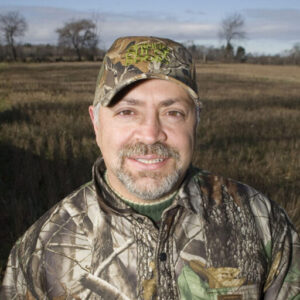Most grouse hunters I know agree that the toughest shot in the uplands is the one directed at a grouse that has just flushed out of a tree. The main reason this shot confounds us is that the flush is coming from where we least expect it – high above us. During a classic hunt, we move through the uplands visually searching for grouse in the cover ahead of our feet. We watch our dogs do the same. Very few of us spend much time looking up. Which is why a tree-flushed grouse usually gets the drop on us. For most of us, the first indication that a grouse just flushed from a tree is rarely a visual one, but rather the sound of their wingbeats above. That’s often followed by fleeting glimpses as they put tree trunks, evergreen needles, and leaves between us. Even if you get your gun up in time to let loose a snap shot, you are dealing with another predicament. Instead of rising, like ground-flushed birds do, a tree flushed grouse often dips as it escapesthrough or below the canopy. So how do you deal with this? Look up, look way up…. In all upland hunting, there is a distinct advantage to being ready for the flush. And this advantage is even more pronounced when it comes to tree flushes. If you spot the tree-bound grouse first, the odds of harvesting it have just greatly improved. To get that edge though, you need to cast your gaze upward every few steps to scan the canopy above. You’ll increase your odds of spotting birds if you know where to look. On colder days, grouse often roost about two-thirds up a tree, taking advantage of the insulating properties of the canopy and hiding from the raptors that prey upon them. Or they just might be up there budding. Once you flush a branch-bound grouse, take note of what kind of tree it was in and what it was possibly doing (conserving energy, taking cover, or feeding). If it’s in an evergreen, it was likely taking cover or conserving energy. If it is in the open canopy of the hardwoods, the odds are good it was budding. Refining your search Sometimes, this information can help refine your search. For instance, after a couple of similar encounters, you might conclude the food in that tree is preferred and available
Please log into your OFAH Community account to access this content. Not an OFAH member or Ontario OUT of DOORS Subscriber? Follow the links below to join or subscribe and gain access to exclusive online content.





Contact Information
PO Box 2800 / 4601 Guthrie Dr.
Peterborough, Ontario Canada K9J 8L5
Phone: 705-748-OFAH (6324)
Fax: 705-748-9577
Join Our Newsletter
Watch
Shop
Follow